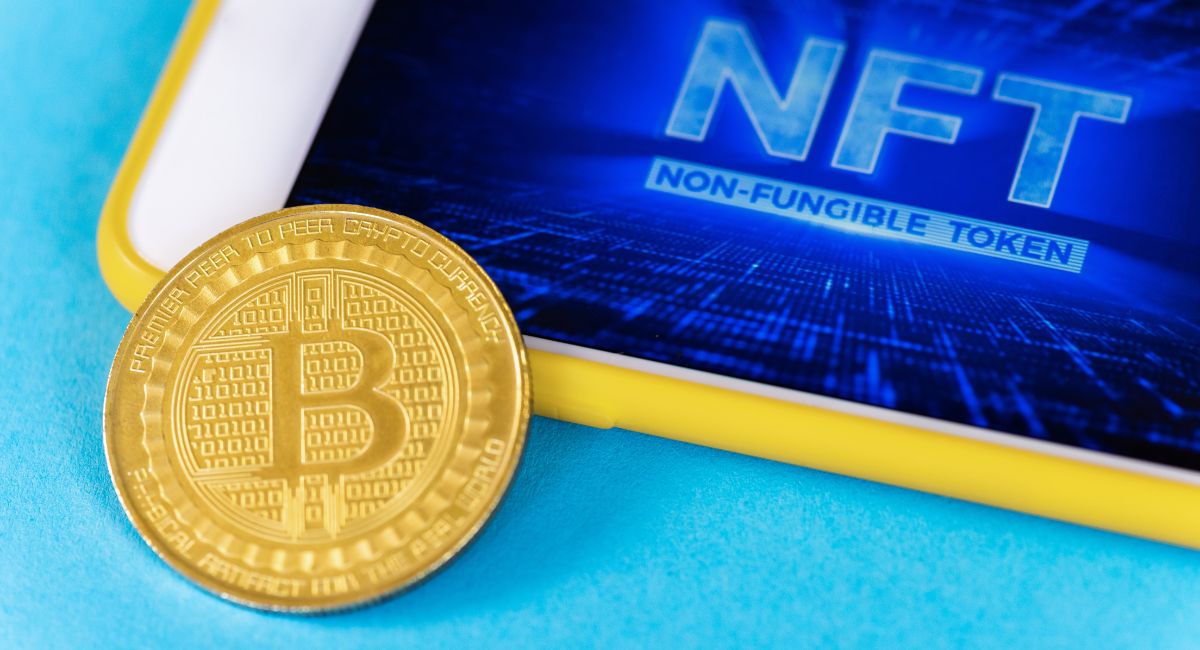BNPL Fintech Giant on Profitability, IPO and US Market Push

- Buy now, pay later company Klarna wants “a reasonable market” before listing.
- The company loses hundreds of millions of dollars annually, but says it is reducing credit losses.
- Klarna took a valuation of $6.7 billion and carried out two rounds of cutbacks in 2022.
The chief executive of Klarna, the buy-now, pay-later giant, has said the firm is waiting for profitability and a return to market “sanity” before embarking on the route to an IPO.
Founded in Sweden in 2005 by CEO Sebastian Siemiatkowski together with Niklas Adalberth and Victor Jacobsson, Klarna allows customers to spread the costs of online purchases in interest-free installments. The company operates in Europe and expanded in the US together with competitors such as Affirm and Afterpay. At one point, the company was the highest valued startup in Europe with a value of $45.6 billion. That plunged 85% to just $6.5 billion as the company surged again this year in a tougher market.
As the tech boom draws to a close, Klarna wants to become profitable as growth funding and appetite for tech stocks declines.
The firm must convince potential investors that buy now, pay later is a sustainable model even through a pullback in consumer spending, and that it can avoid a Wonga-like reputation for overburdening consumers with debt.
Klarna allows customers to spread the costs of online shopping in instalments.
Jonas Walzberg/image alliance via Getty Images
Siemiatkowski indicated that an IPO could still be a few years away, drawing comparisons to Google’s 2004 IPO.
“For me, Google’s IPO was perfect,” he told Insider at the Slush conference in Helsinki. “It was a market that was a few years after dot-com. It was a sensible market. It wasn’t overhyped, it wasn’t underhyped and Google also had a huge opportunity in front of them.
“So it wasn’t like you went public at the end of the growth cycle, and I think Klarna is probably getting close to that, and I think the markets are getting close to that. Maybe now we’re a little over-depressed and then we can come to some sense, hopefully , which coincides with Klarna being in a good position.”
The overall performance of consumer fintechs listed in 2021 has been poor. Trading app Robinhood, card issuer Marqeta and money transfer firm Wise have all seen their share prices plummet this year, while Klarna’s peer US Affirm has seen its share price fall by 85% so far this year.
Siemiatkowski has been wary of any potential public listing, previously telling CNBC that market volatility made him “nervous.”
Klarna expects to be loss-making in 2023
Klarna had both higher revenues and higher losses for the third quarter of 2022 after a difficult year. The company has been through two rounds of layoffs in 2022 and saw its value fall by 85% to $6.7 billion after another round of financing.
The company laid off 10% of its workforce in May this year and had a second round of cuts in September with around 700 people leaving the company. That has helped reduce the company’s operating loss by 42% between Q2 and Q3, according to the latest report, but the business still lost 8.3 billion Swedish kroner (US$787 million) in the nine months to the end of September.
The firm said revenue rose 22% year-on-year to $1.4 billion in the nine months to the end of September. Klarna said it now has 31 million customers in the US, with lower credit losses year-over-year and a 92% year-over-year increase in gross merchandise volume.
Even as costs, interest rates and inflation rise, Siemiatkowski said the company’s growth plan has not changed dramatically.
“We’re going to stay in every market because nobody ever forgives you when you pull out of a market, you can’t come back,” Siemiatkowski said.
Like other VC-backed growth companies, profitability has been a looming theme for the change in investor sentiment in 2022. Siemiatkowski said cash flow positivity remained the company’s ambition, saying: “Somewhere after the summer of next year, we should be on a month-over-month profitable… Then it could still mean we post a full-year loss next year, but I don’t know yet. We’ll find out.”
Amid a challenging macroeconomic situation for lending companies, Klarna fine-tuned its credit guarantee strategy in January and May, a necessary move that upset some customers, Siemiatkowski said. The company’s interim report outlined that this meant the business would lend less, particularly to new customers, as it appeared to reduce default rates.
Klarna is belligerent against critics
Klarna also has a PR battle to fight. Siemiatkowski claims that Klarna is a better form of debt than credit cards, as the prices tend to be lower. But critics say that buy-now-pay-later services like Klarna and its competitors over-normalise having debt for small purchases.
Klarna was criticized for its decision to collaborate with food delivery giant Deliveroo. UK consumer finance champion Martin Lewis called out the partnership, suggesting it would lead to higher levels of debt for minors, discretionary.
—Martin Lewis (@MartinSLewis) 12 October 2022
This prompted an angry rebuke from Siemiatkowski on Twitter. It is not the first time the Klarna boss has taken to social media to criticize the coverage of his business, after calling out the “media” for not understanding his business.
—Sebastian Siemiatkowski (@klarnaseb) 12 October 2022
“If you provide a healthier form of credit, we’re still credit, but it’s a healthier form in my opinion, and you’re rewarded through lower losses, our losses have been 30% below the credit card industry standard,” Siemiatkowski said. “I know, because I took Klarna through 2007, actually [our] This type of credit is also more recession-proof. You get fluctuations during a recession, yes, but you don’t get them to the same extent as you would have if you have very high-risk loans or very unaffordable loans on credit.”























